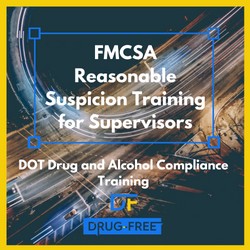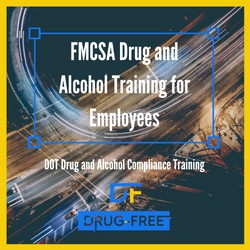Our FMCSA DOT Return-To-Duty Requirements Course is part of our FMCSA Advanced Supervisor Training Program and part 3 our FMCSA DER Training Program. Learn the return to duty process for FMCSA employers and drivers, which the FMCSA has made the return-to-duty process difficult by design.
DOT Return-To-Duty Process for Drivers
We discuss the process drivers must go through to return to their safety-sensitive position, and the process usually involves some combination of evaluation, treatment, and education.
Drivers must go through a series of drug tests — return-to-duty, follow-up, and post-rehab drug tests.
A substance abuse professional evaluates the driver. And the substance abuse professional determines whether they need both treatment and education, one of the two, or neither. (Although the latter almost never occurs.)
FMCSA DOT Return-To-Duty Requirements for Drivers and Employers
We detail the requirements and responsibilities of both drivers and employers in the return-to-duty process.
Drivers must work with a substance abuse professional (SAP), and the SAP is the one who determines what the driver must do as far as treatment and education is concerned.
The SAP is a third-party individual, and the employer must heed to the substance abuse professional’s judgment about treatment and education for the driver.
Return-To-Duty and Follow-Up Drug Testing Rules
We also go over the drug testing rules and procedures for return-to-duty and follow-up drug testing. Learn how to carry out each drug test effectively without any errors.
The DOT Return to Duty requirements are extensive and detailed. We lay out the steps and process clearly. So you will know what to do when you have to bring a driver back after a suspension for a drug test failure.

